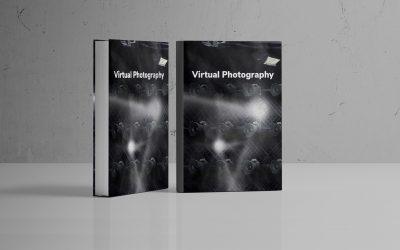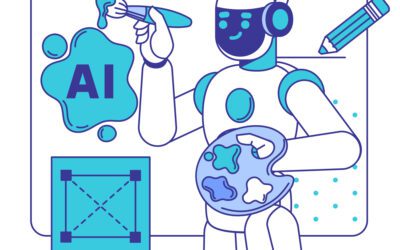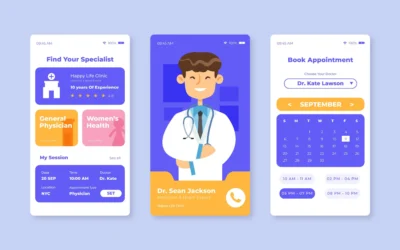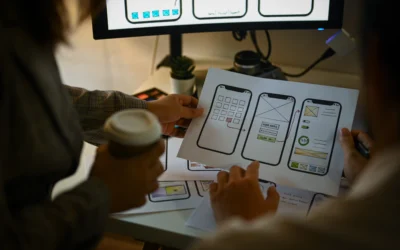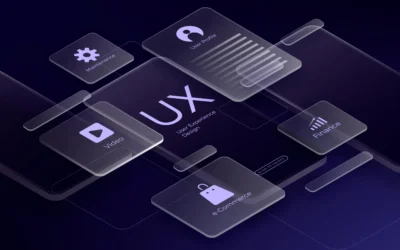In the world of modern technology, innovation often comes with complexity. As cutting-edge solutions continue to dominate industries, a recurring challenge emerges: How do we make complex tech accessible, intuitive, and enjoyable for users? The answer lies in user-centered design (UCD). By putting users at the heart of the design process, we can simplify even the most intricate technologies into seamless, approachable experiences.
What is User-Centered Design?
User-centered design is a dynamic process that focuses on understanding users’ needs, behaviors, and goals to create intuitive solutions. Instead of prioritizing technical features or aesthetics alone, UCD emphasizes real-world usability. It’s about ensuring that users don’t have to adapt to technology—but that technology adapts to them.
Whether it’s a new app, software platform, or advanced AI tool, user-centered design transforms functionality into accessibility. This approach ensures that even the most complex technologies are grounded in real-world usability.
Why Simplifying Tech Matters
Technology is shaping industries faster than ever, but if users feel overwhelmed during adoption, its full potential remains untapped. Imagine investing in an enterprise software solution only for employees to struggle with its interface. The result? Wasted resources, inefficiency, and user frustration.
Simplifying complex tech through UCD bridges the gap between innovation and usability. The benefits of this approach are profound:
- Increased adoption rates: Users are more likely to embrace intuitive systems.
- Higher satisfaction: A seamless experience fosters trust and positive engagement.
- Competitive advantage: Products designed with users in mind stand out in crowded markets.
The Key Principles of User-Centered Design
To make complexity disappear, designers follow these essential UCD principles:
- Understand Your Audience
Conduct research, interviews, and usability testing to deeply understand your users’ needs and challenges. Whether they’re tech-savvy professionals or complete beginners, your design should cater to their knowledge level.
- Iterative Design Process
UCD thrives on iteration. Prototypes and feedback loops allow designers to refine and optimize designs at every step.
- Focus on Clarity
Avoid overwhelming users with unnecessary features or jargon. Clear, concise interfaces and straightforward navigation are key.
- Empathy is the Core
At its heart, user-centered design is about empathy. Walking in your users’ shoes helps you anticipate their challenges and expectations.
Examples of UCD in Action
Some of the biggest tech giants excel by leveraging UCD principles. For example:
- Apple: Known for its clean interfaces, Apple devices simplify powerful functionalities into user-friendly experiences.
- Slack: Despite being a feature-rich collaboration tool, Slack’s intuitive design ensures users can start working productively right away.
Conclusion
Complex technologies don’t have to be intimidating. By adopting a user-centered design approach, businesses can make even the most intricate systems intuitive and approachable. After all, the success of any tech innovation isn’t measured by how advanced it is—but by how seamlessly it integrates into users’ lives.
So, next time you develop a solution, remember this: simplicity is the ultimate sophistication.
Unlock the power of intuitive design and transform complexity into simplicity. If you’d like to read more articles like this, click here to explore our expert insights!







